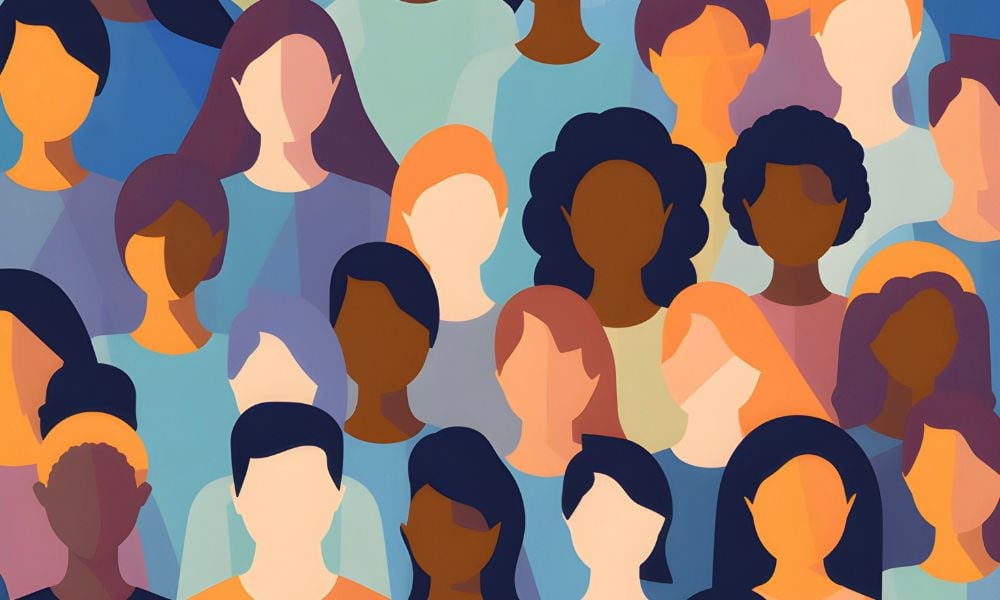
Not just a rebrand, but a reinvention, chief executive says

Diversity Works New Zealand has undergone a structural reset to become Te Uru Tāngata Centre for Workplace Inclusion
Chief Executive Maretha Smit said the change is not just a rebrand for one of the longest-standing inclusion bodies in New Zealand.
"It's a necessary reinvention," Smit said in a statement.
"The decision of our current government to dissolve the public–private partnership that supported our previous organisation meant we had to start again — and we've done so with clarity, courage, and cultural grounding."
Diversity Works has been New Zealand's peak body for workplace inclusion for 33 years. It advocated for the wellbeing of migrant workers, as well as introduced frameworks to measure DEI in the workplace.
Smit said the change also comes amid the realisation that the Trust Deed governing the organisation "no longer aligns with modern thinking about diversity and inclusion."
"In fact, [it] has become increasingly limiting in terms of how we can adapt and respond to the changing needs of our community," she said. "After a thorough review, the Board has decided to establish a new trust to give us the platform we need to better support our members and the wider inclusion ecosystem."
"Te Uru Tāngata" translates to "a stand or grove of people," inspired by the whakataukī "Kahikatea tū i te uru," which refers to the tallest native tree in Aotearoa.
Metaphorically, Te Uru Tāngata refers to the strength of people when they work together with a unified purpose and shared beliefs.
The change at one of New Zealand's longest-standing inclusion bodies comes in the wake of growing opposition against diversity, equity, and inclusion measures overseas.
"Workplaces are no longer just economic units. They are now one of the last functioning institutions of trust, belonging, and stability in people's lives," Smit said. "Businesses need resilience, predictability, and connection — and they're realising that inclusion is how they get there."